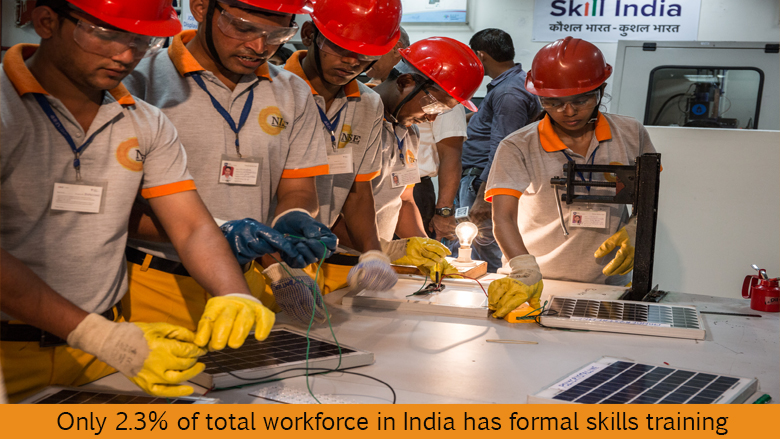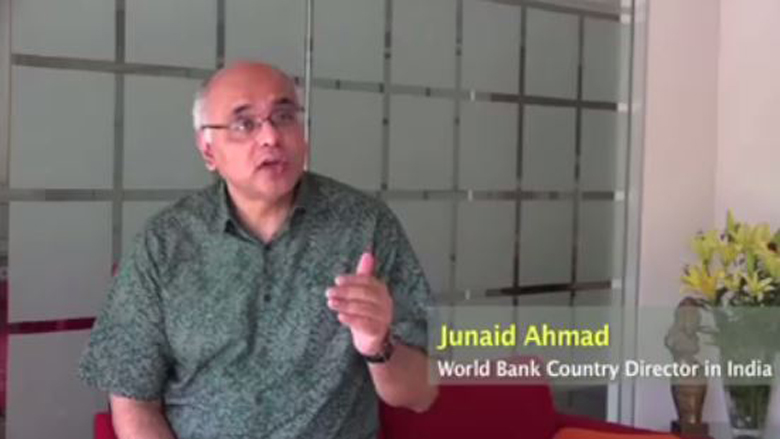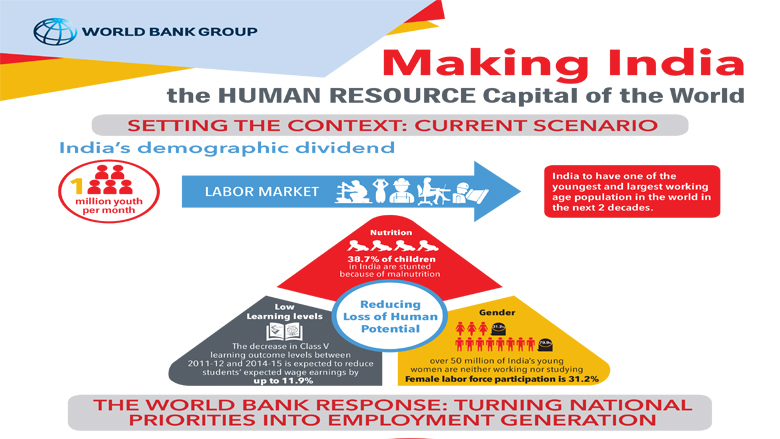The government of India has ambitious plans to transform India into a competitive, high-growth, high productivity middle-income country. The economy is now diversifying from being largely agro-based to a manufacturing and service-based economy. These ambitious plans to transform the Indian economy are highly dependent on the availability of jobs and the quality of the labor force. This has resulted in an increased demand for skilled labor over the past few years.
More than 12 million youth between 15 and 29 years of age are expected to enter India’s working age population every year for the next two decades. The government’s recent skill gap analysis concludes that by 2022, another 109 million or so skilled workers will be needed in the 24 keys sectors of the economy.
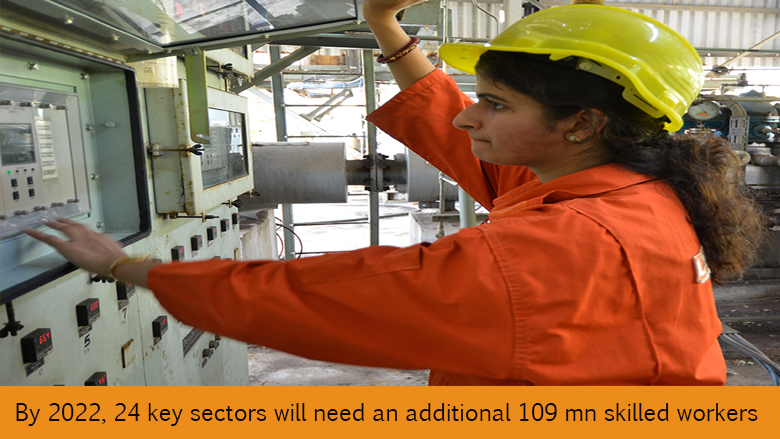
At present, however, school leavers have few opportunities to acquire job specific skills; only 2.3 percent of India’s workforce has received some formal skills training. To address the issue, skill development has emerged as a priority sector, and the recently-launched National Skill Development Mission aims to train approximately 400 million people across the country by 2022.
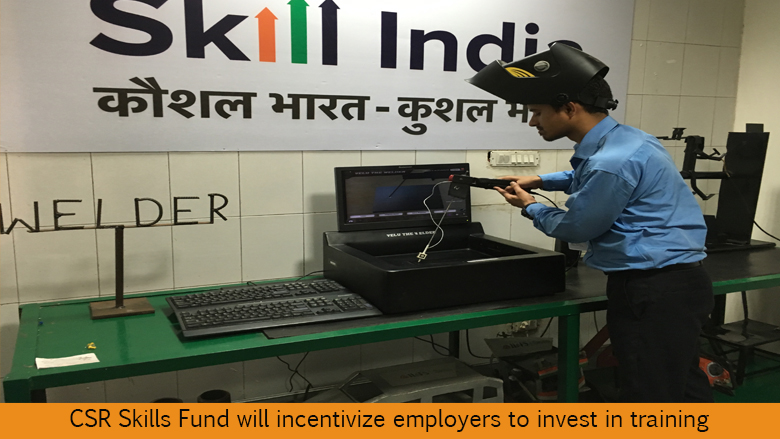
World Bank Support
To support the country’s vision, the World Bank has approved a US$250 million Skill India Mission Operation (SIMO) to help India’s growing young workforce acquire the market-relevant skills needed in today’s highly competitive job market. The operation will support the Government of India's Skill India Initiative and attempt to address the dual challenge of ensuring greater access to training as well as providing quality training leading to employment.
The SIMO program will build on its decade-long partnership with the country in enhancing skills and, over the next six years of its operation, focus on the creation of high quality training packages based on market-relevant skills. It will specifically target new labor market entrants and work to improve the quality of existing skills programs.
Public-private partnerships in preparing the curriculum for training packages will be encouraged. The program will also seek to set up a Corporate Social Responsibility (CSR) Skills Fund through which incentives will be given to the private sector to use their CSR funds for skill development activities.
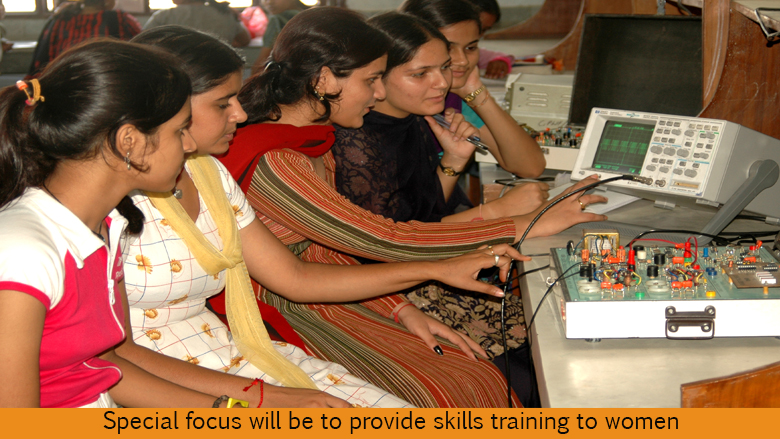
The program will especially encourage the creation of skill development programs for women, marginalized communities, tribals and people with disabilities to enable them to acquire the skills needed to enter today’s labor market.
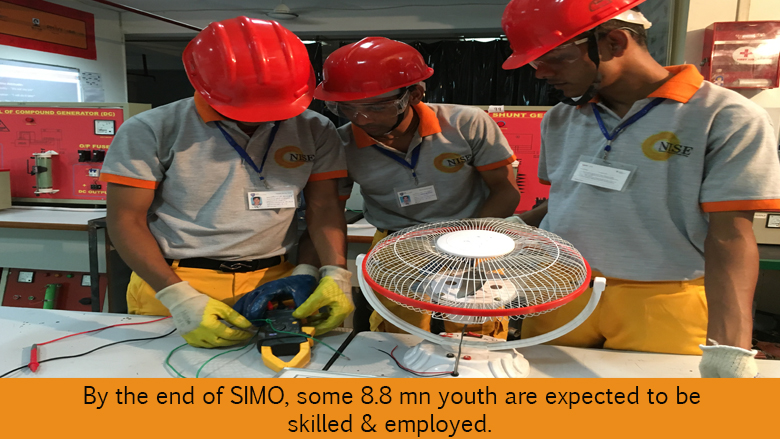
It is estimated that by 2023, when the project ends, about 8.8 million youth will have received some market-relevant training that will in turn open up better job opportunities for them in a changing job market.
